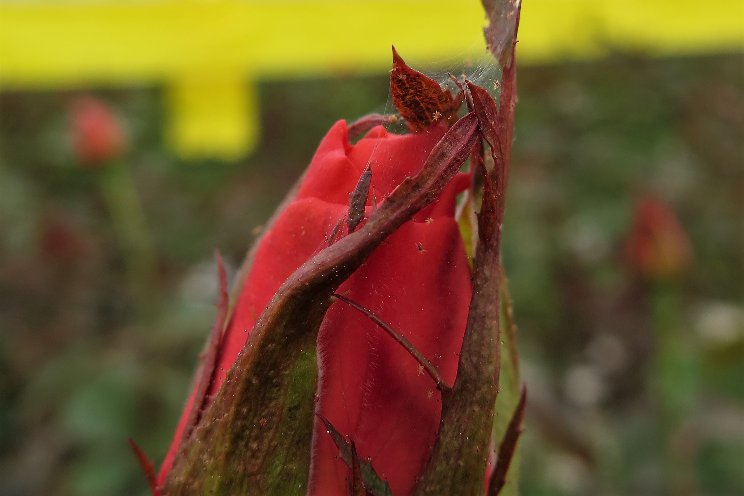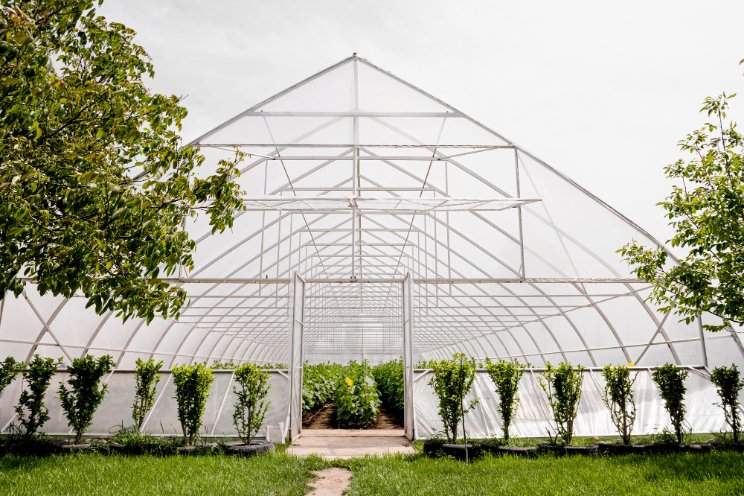Choosing the right predatory mite in ornamental crops
Added on 18 July 2023

Around the world, growers of cut roses, gerberas, poinsettias, foliage pot plants and bedding plants for hanging baskets are successfully using predatory mites to control thrips and spider mites.
"In ornamental crops the damage threshold is very low, as the plants or flowers have to look perfect,” says Koen. “The use of the most suitable natural enemies helps in this respect.”
Swirskii-System better choice in warm conditions
If thrips are the major problem, Koen says Swirskii-System is a good choice at this time of year.
"This all-rounder is very effective against thrips, but also helps control whitefly and spider mite,” he says. “Amblyseius swirskii thrives better at higher temperatures than Amblyseius cucumeris (Amblyseius-System), which ornamental growers often rely on in winter and spring.”
“Swirskii-System can survive for a long time, especially if fed once or twice with Nutrimite™. This feed supplement disappears when watered, so the plants and flowers continue to look beautiful."
Effective against WFT
Before using predatory mites, Koen says it is very important to correctly identify the thrips species.
"Against Western Flower thrips (Frankliniella occidentalis), the most commonly occurring species both predatory mites are highly effective. In the case of Echinothrips americanus, they are less effective – those in doubt should contact their Biobest advisor."
When to use Phytoseiulus-System or Californicus-System
“Ornamental growers particularly affected by red spider mite generally choose the predatory mite Phytoseiulus-System - the world's most effective biological spider mite control,” says Koen. "Phytoseiulus persimilis has a shorter life cycle than the spider mite, which helps it reduce the pest population.
“Phytoseiulus is at its best in humid conditions. In drier greenhouse climates, Californicus-System (Amblyseius californicus) feels more at home and can be used preventatively. Meanwhile, Phytoseiulus-System works best in high pest pressure situations.”
Different spider mites active in poinsettia
Koen says it’s important to pay attention to which spider mite is present as in Poinsettias, for example, two species of spider mite can occur.
“Phytoseiulus-System successfully combats the most common two-spotted spider mite (Tetranychus urticae), but it has more trouble with the smaller lewis mite (Eotetranychus lewisi),” he says. “In this case, Californicus-System or Andersoni-System is a better choice.”
Andersoni system for smaller mites
Amblyseius andersoni is also recommended for controlling smaller mites, such as gall and tarsonemid mites. “Andersoni-System remains active at lower and higher temperatures while feeding mainly on gall and rust mites as well as thrips.”
“As you can see, Biobest has a wide choice of predatory mite products enabling growers to choose the natural enemy that best suits their greenhouse climate and pest pressure. Good scouting and correct identification of the pest play a crucial role in getting good control."
Curious about the best approach for your crop? Please contact your Biobest advisor.
More news















